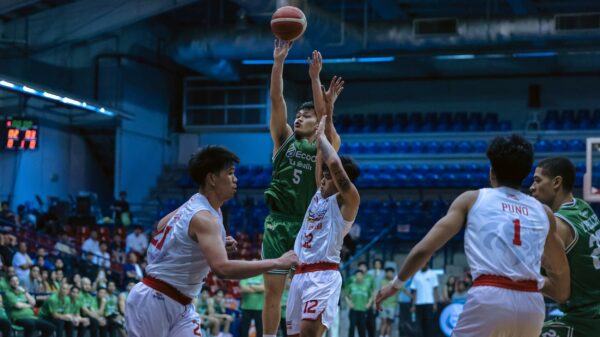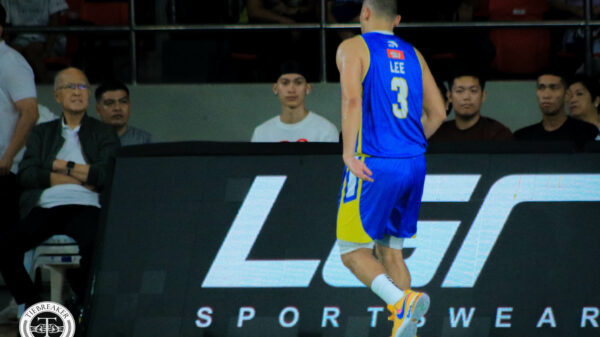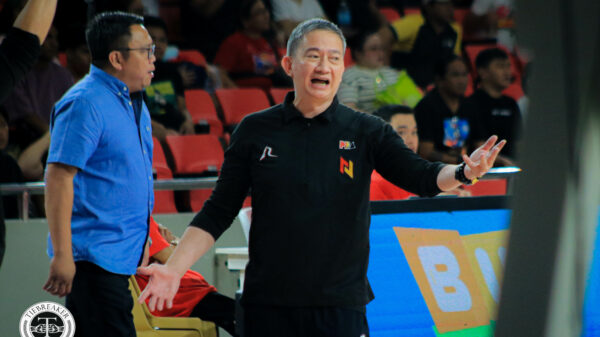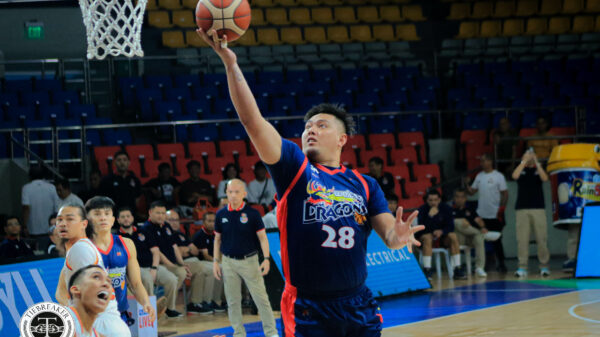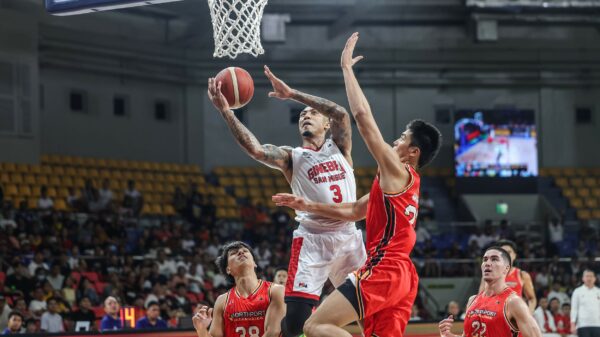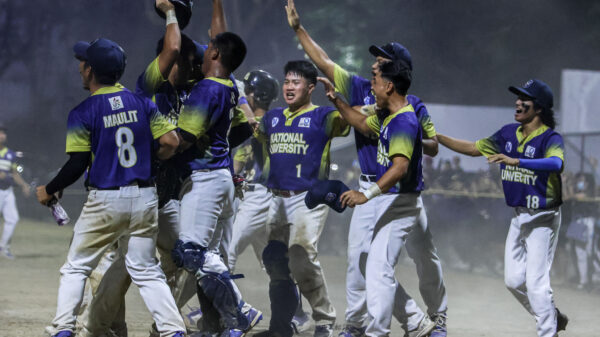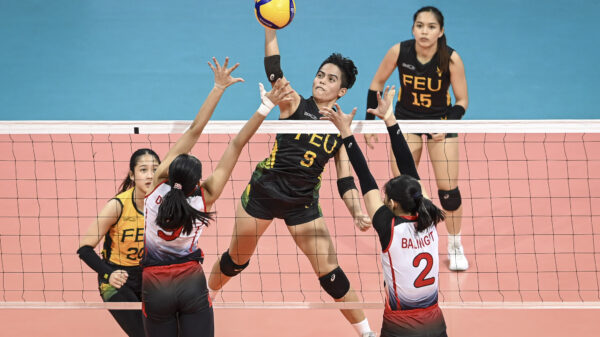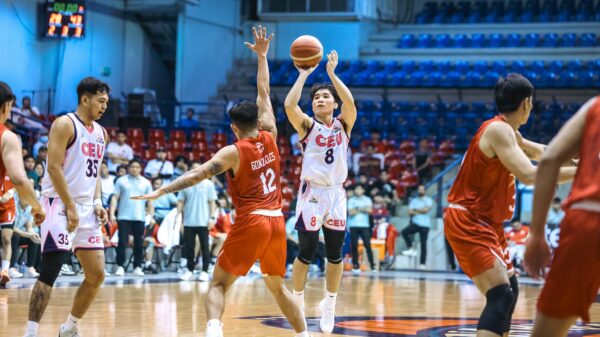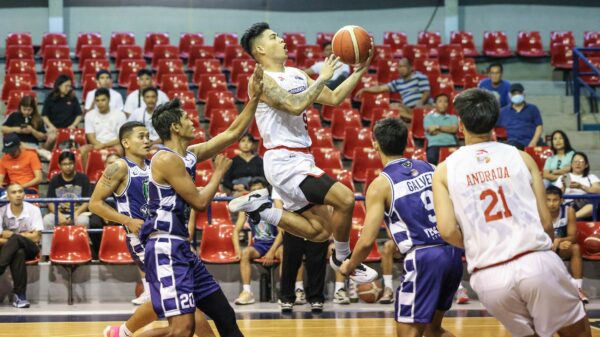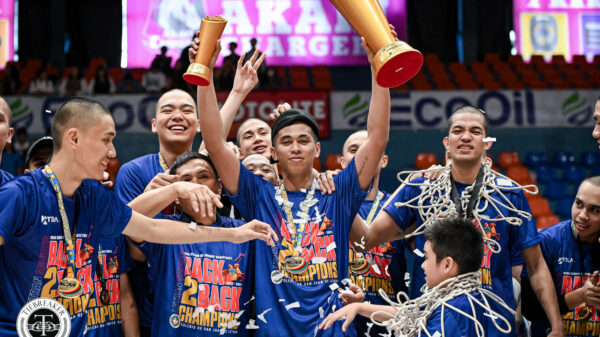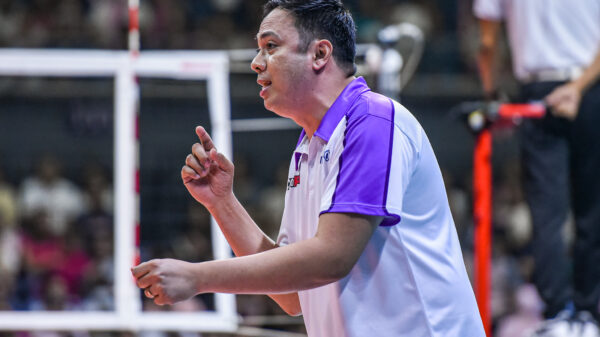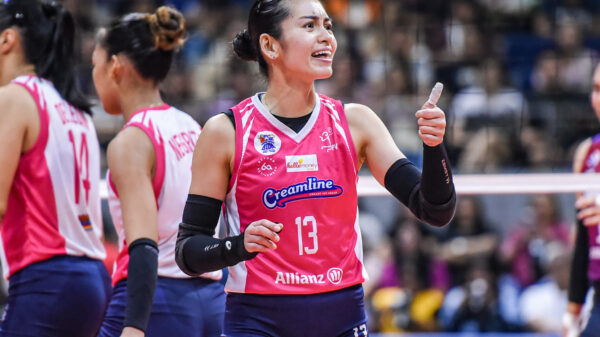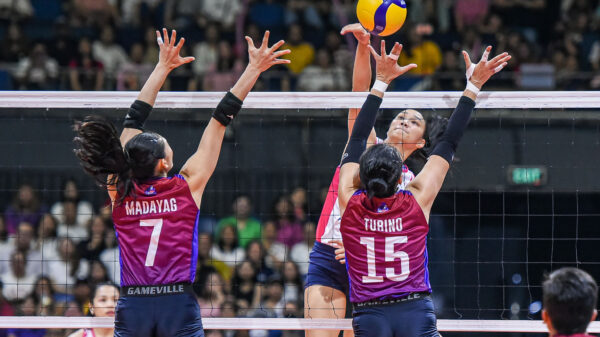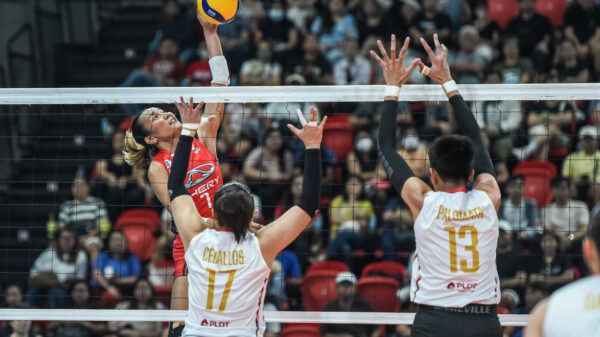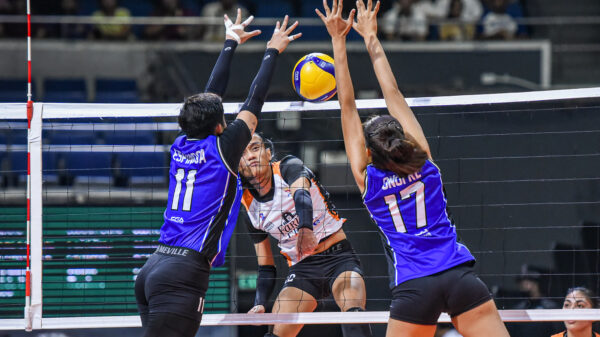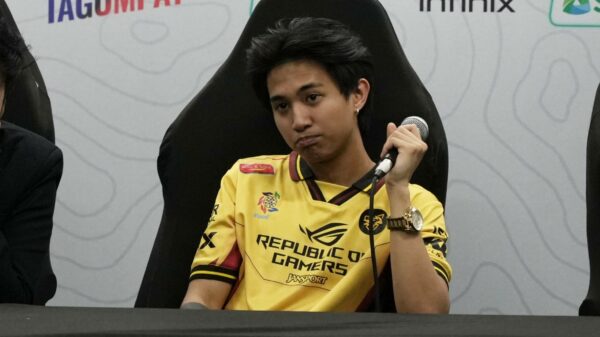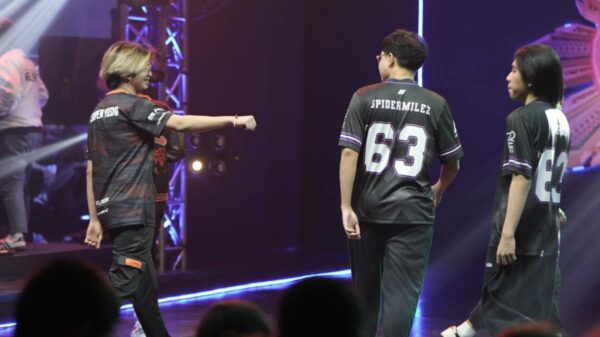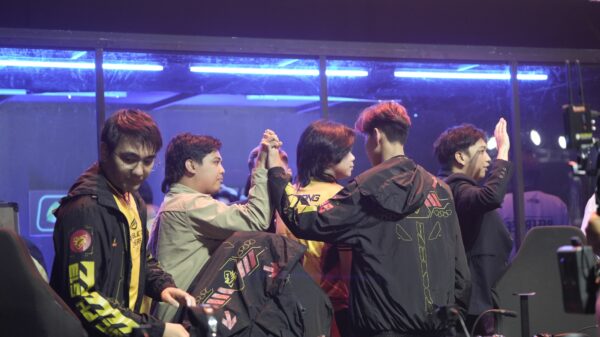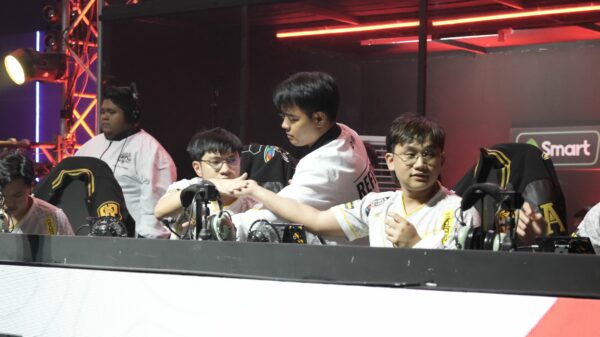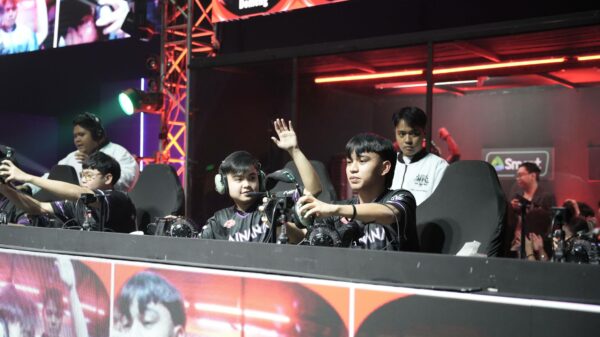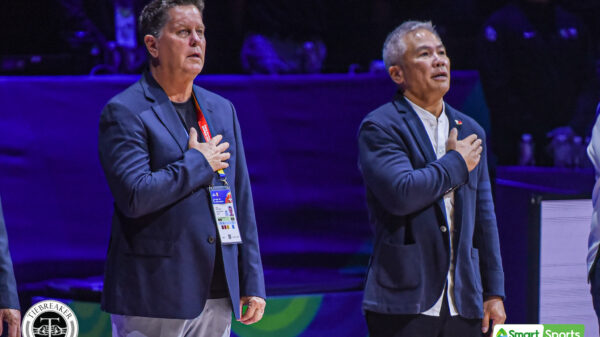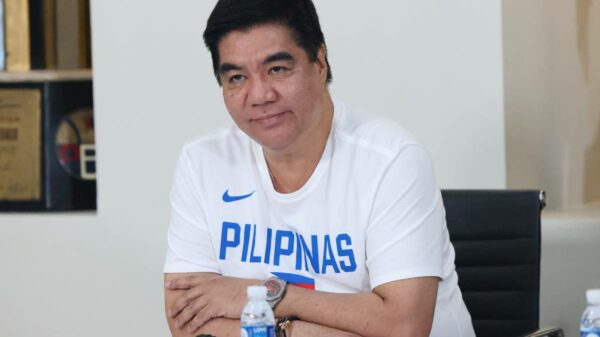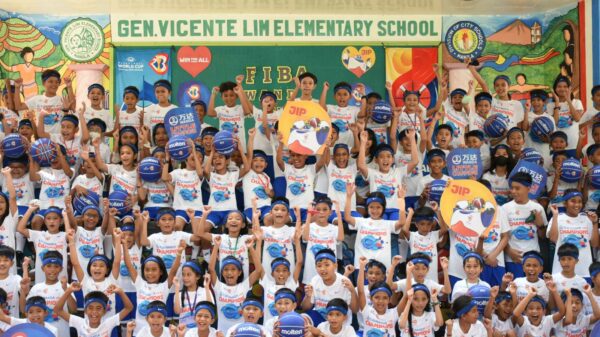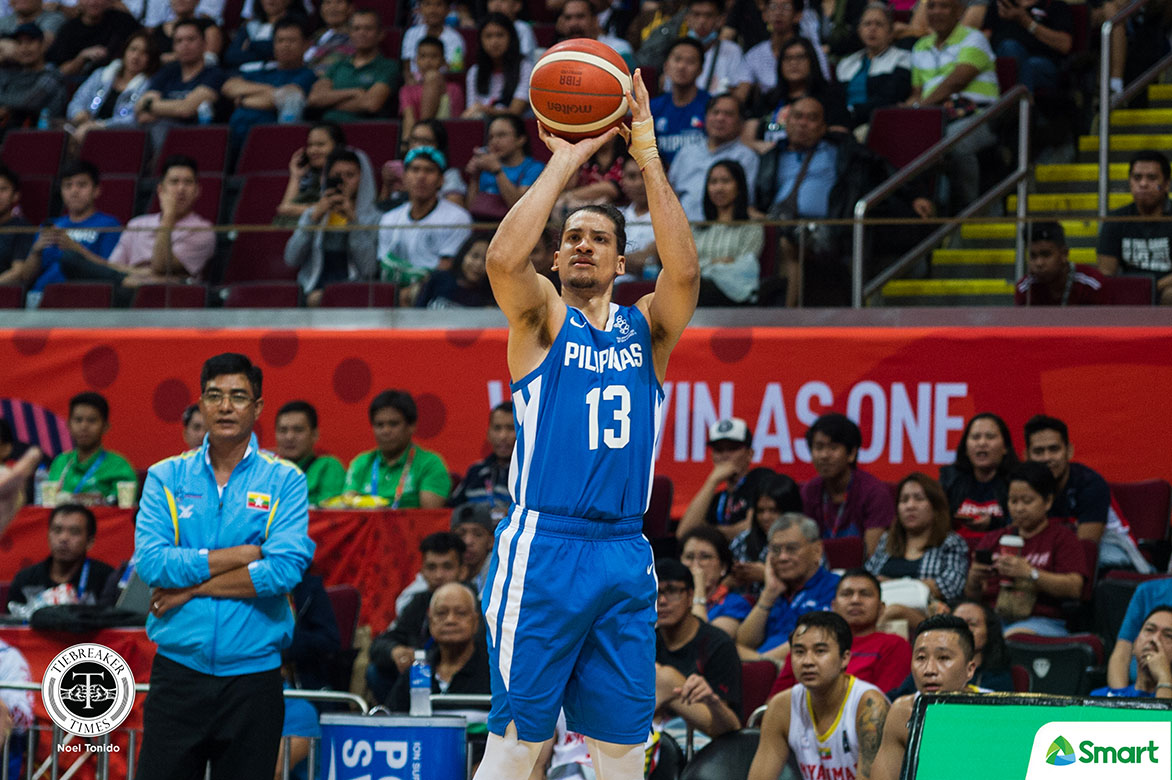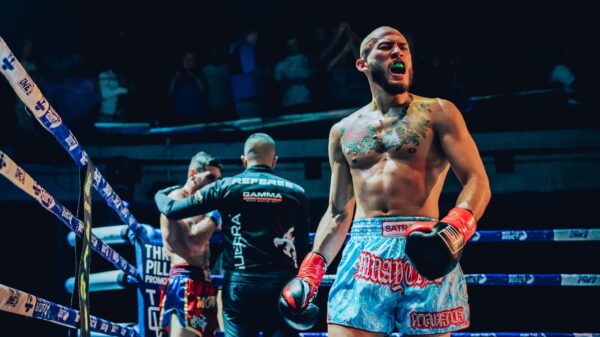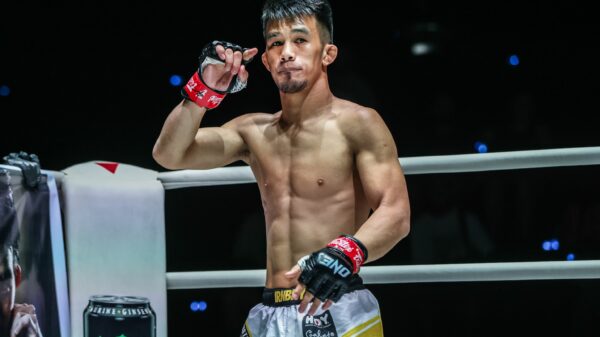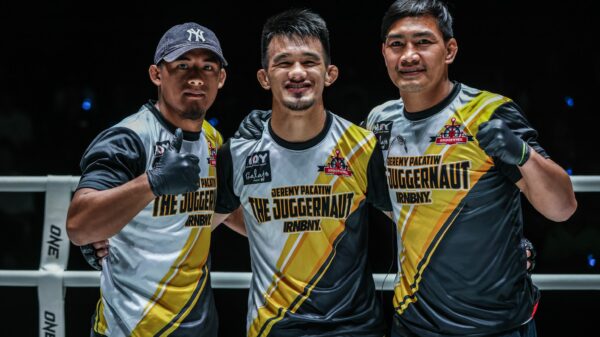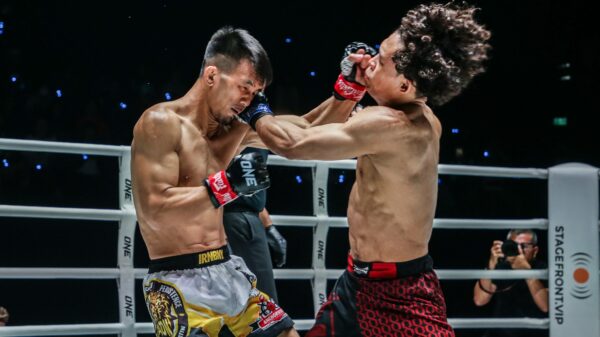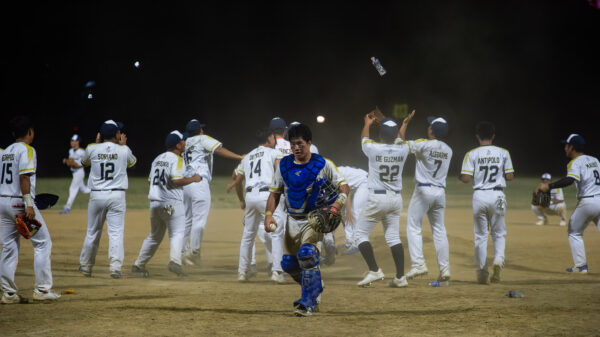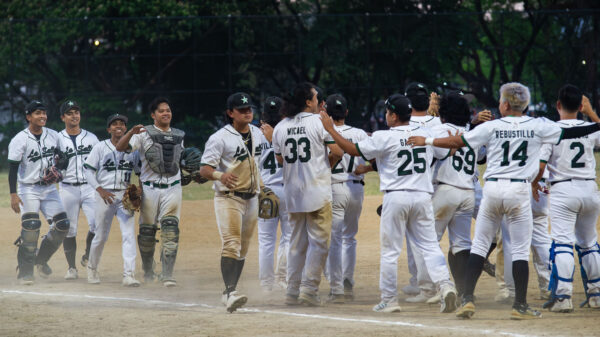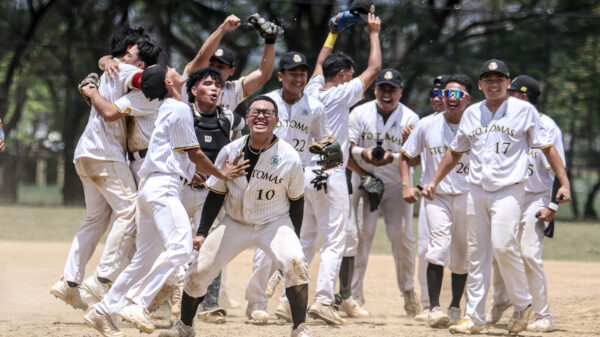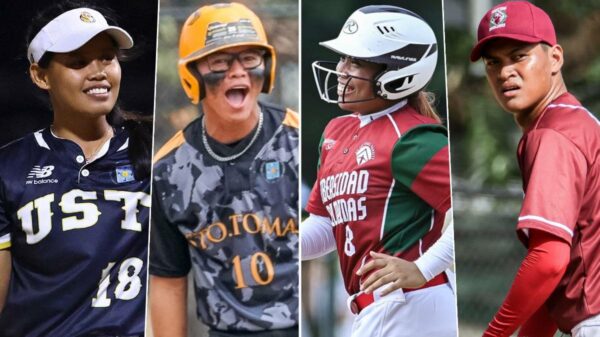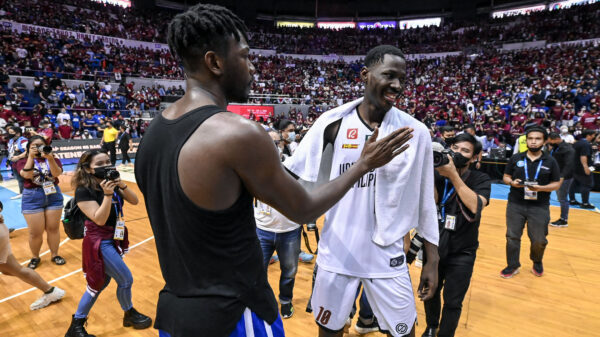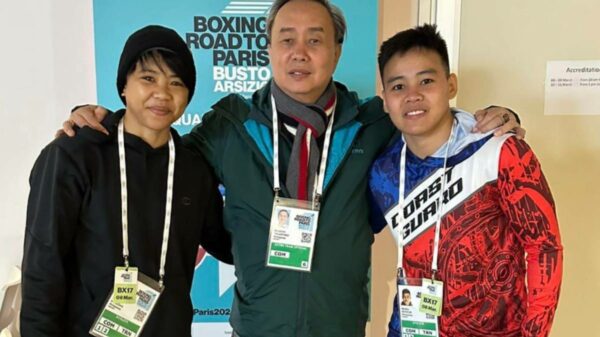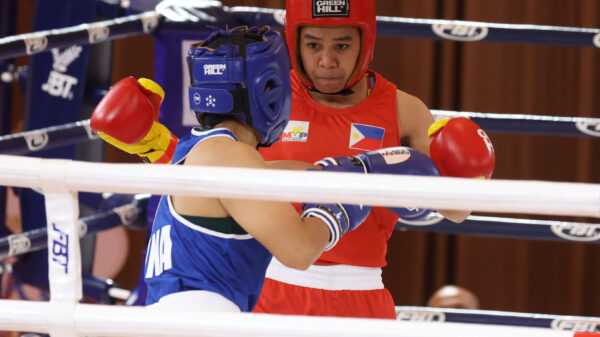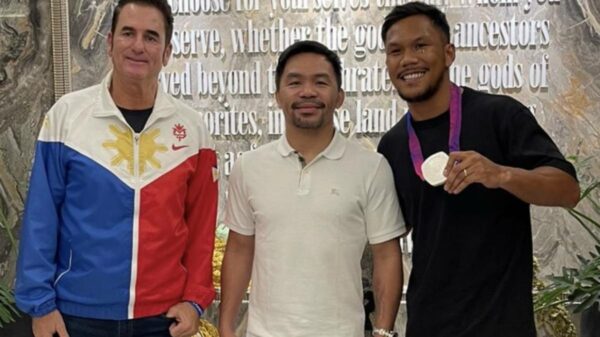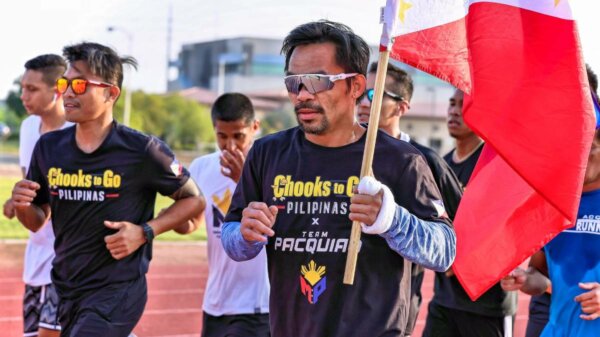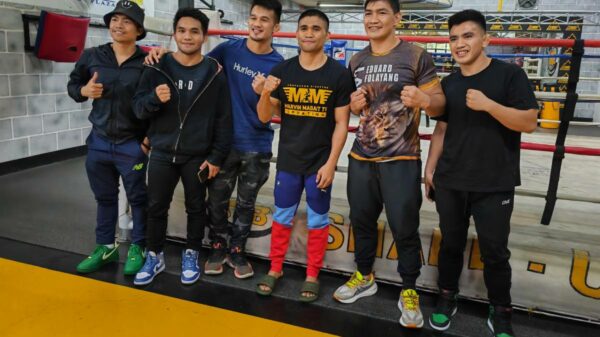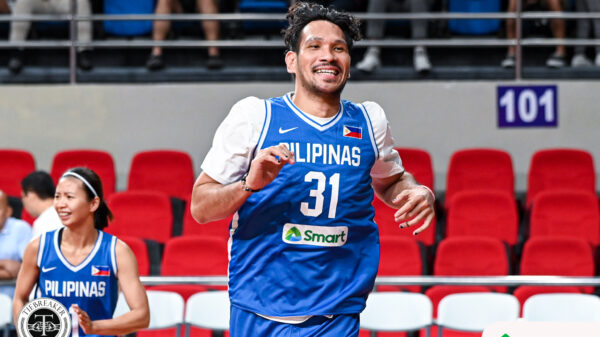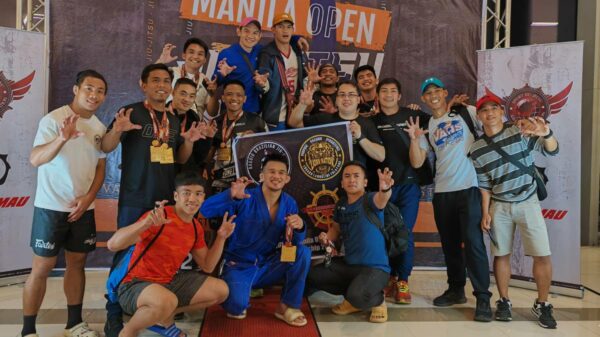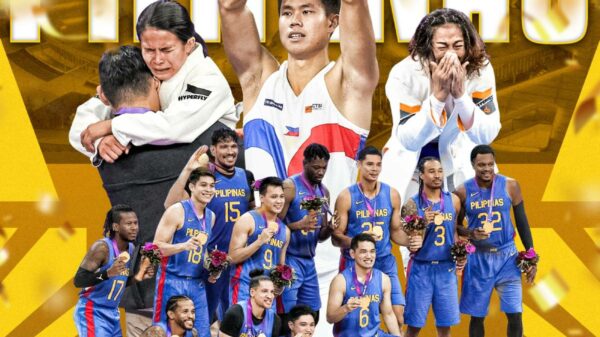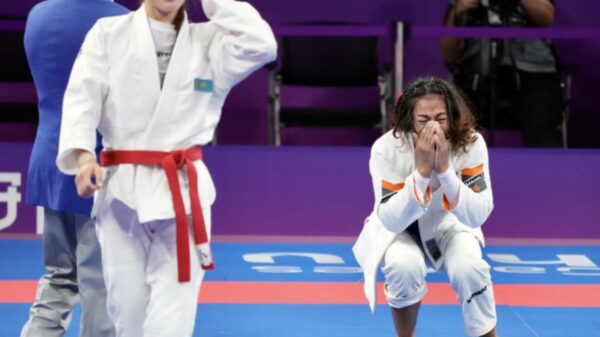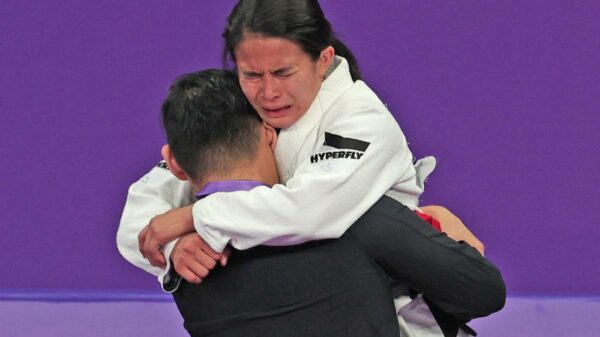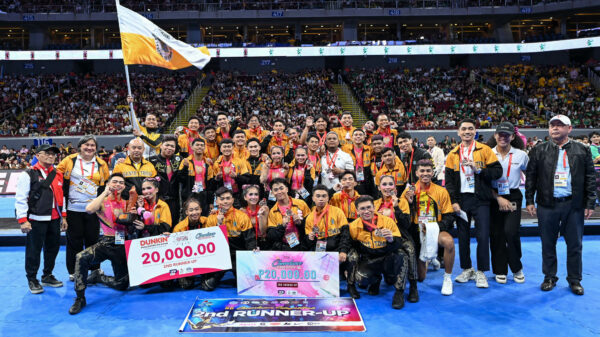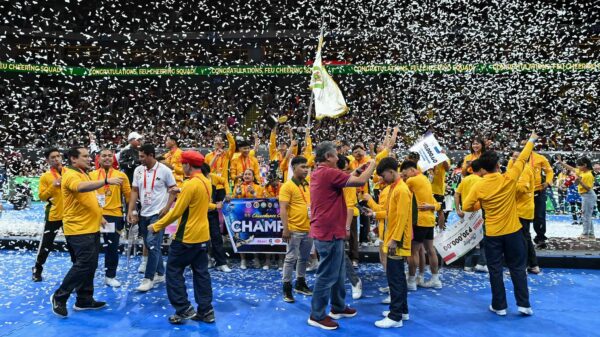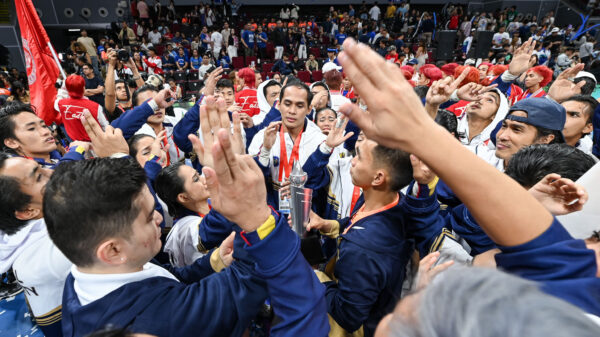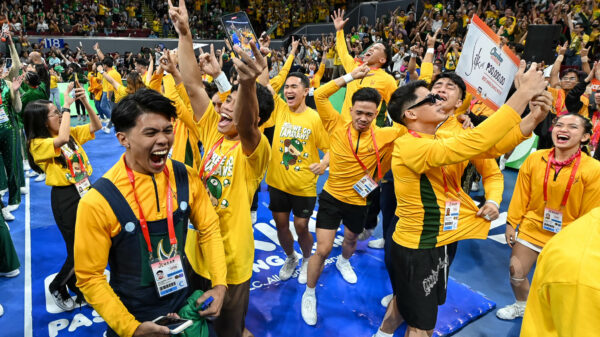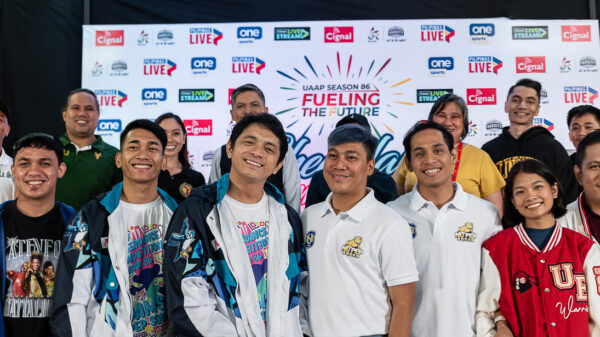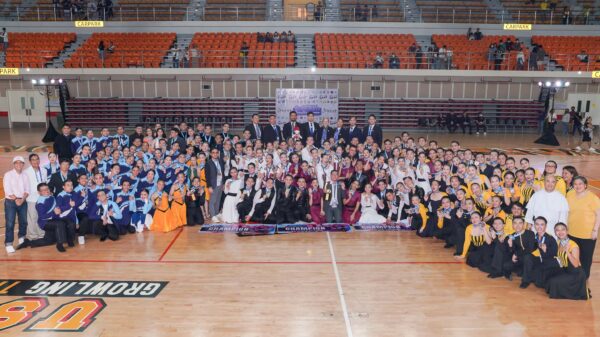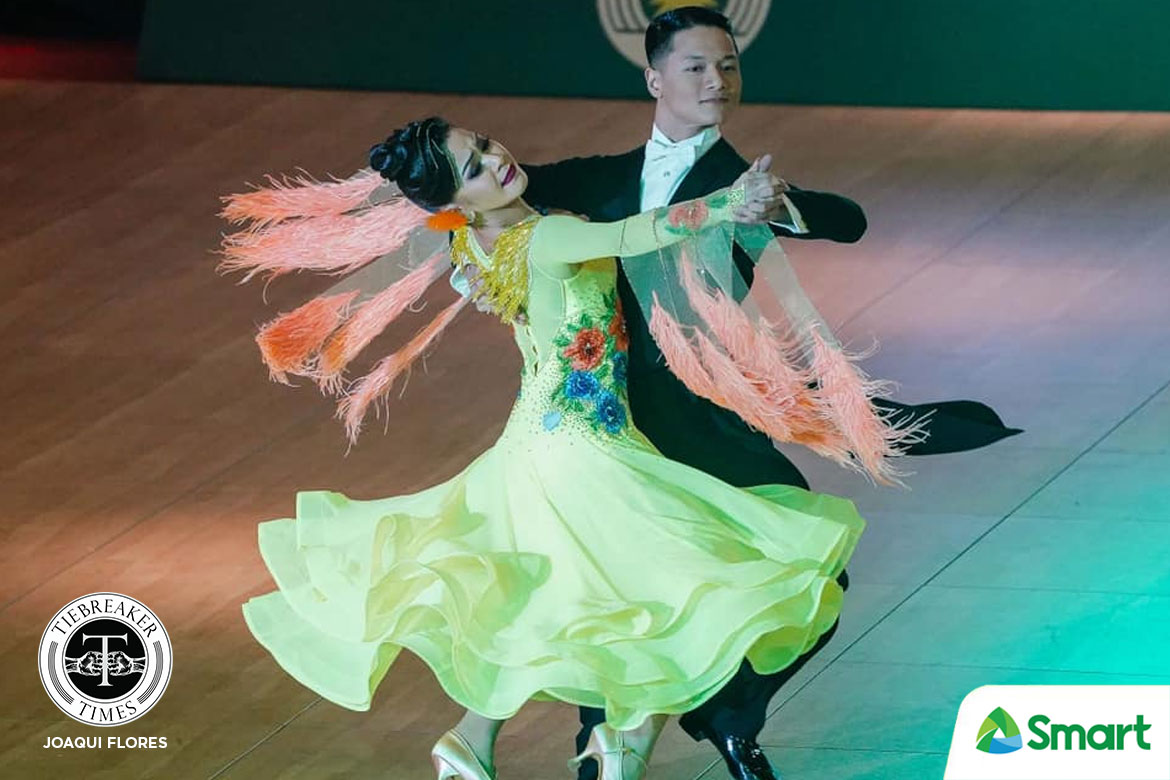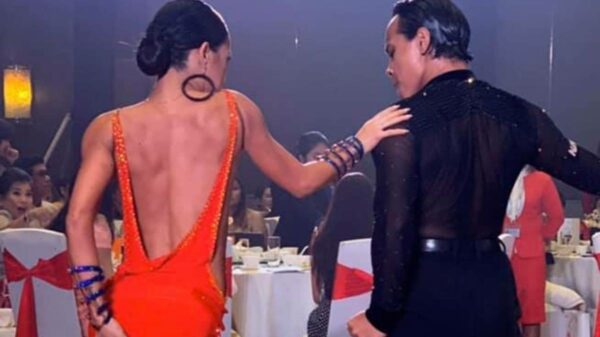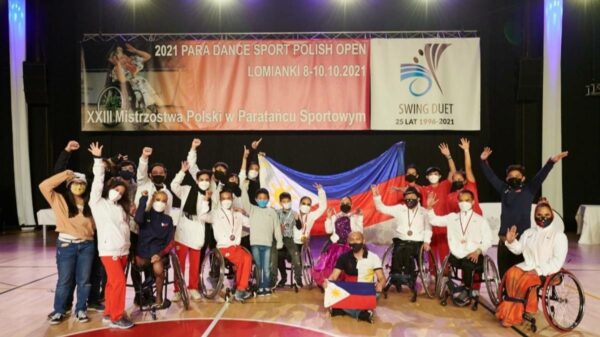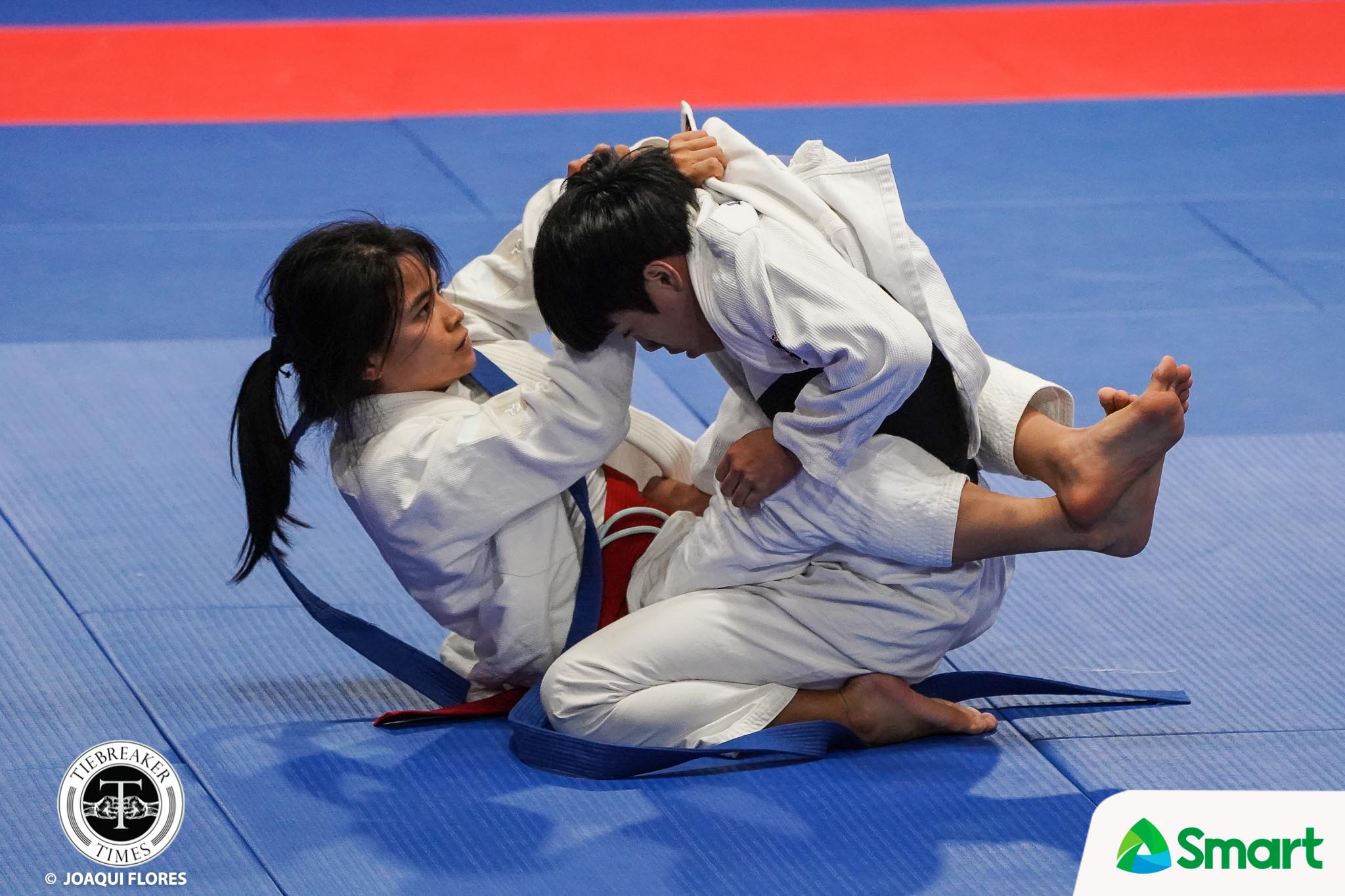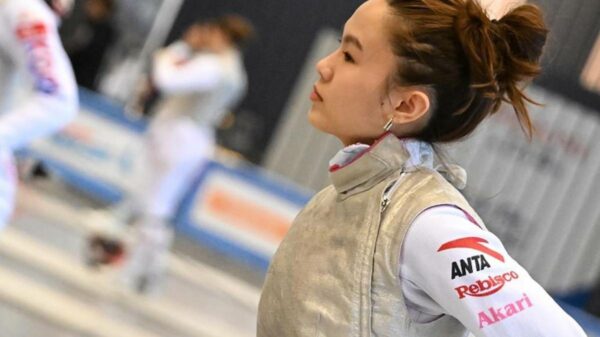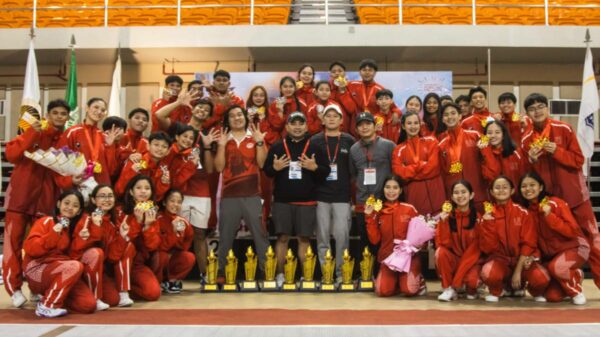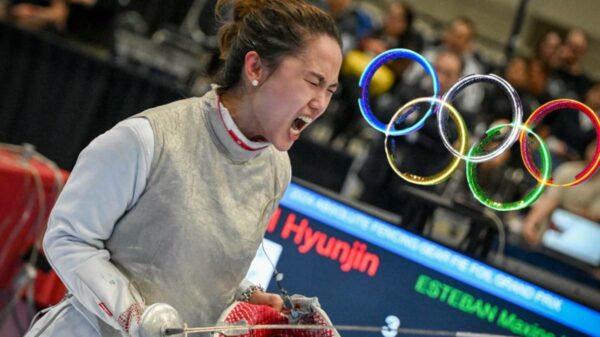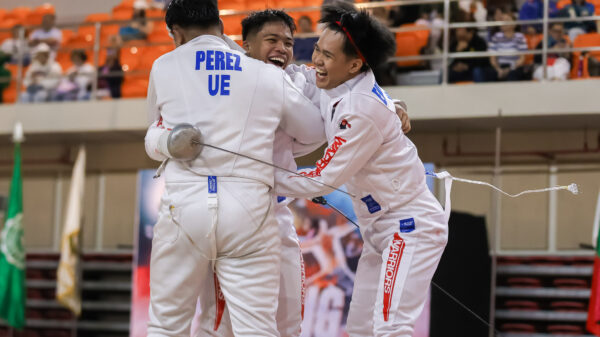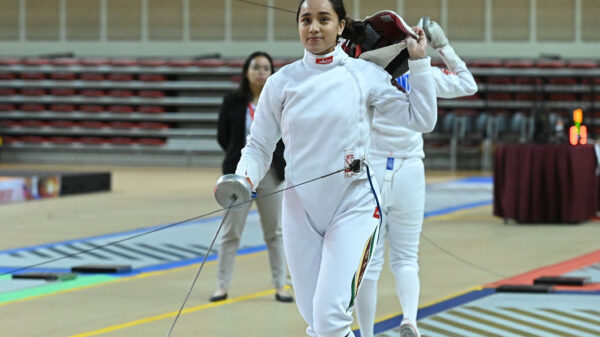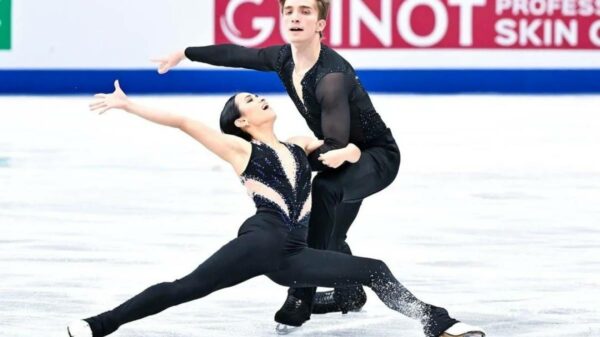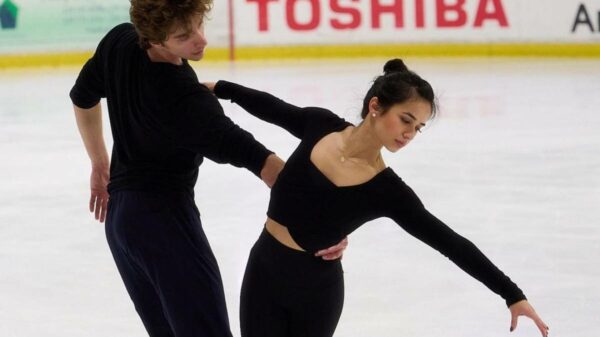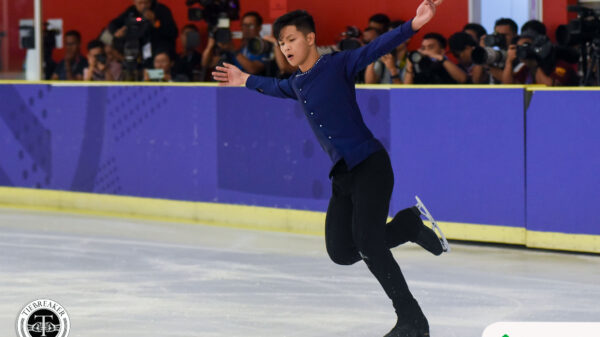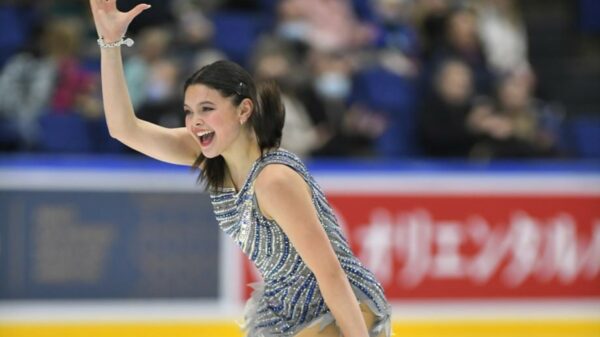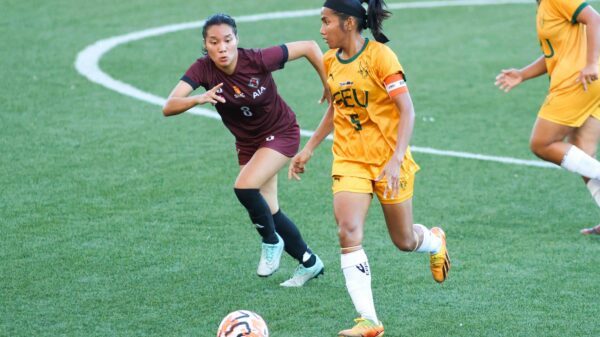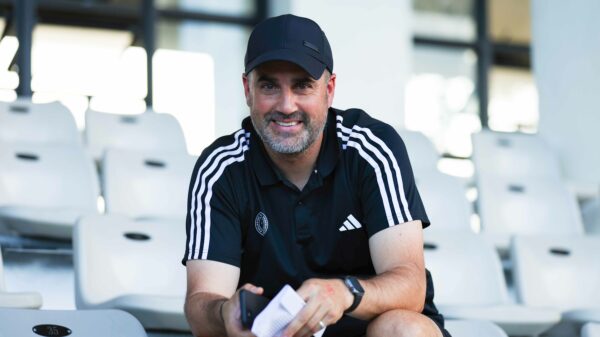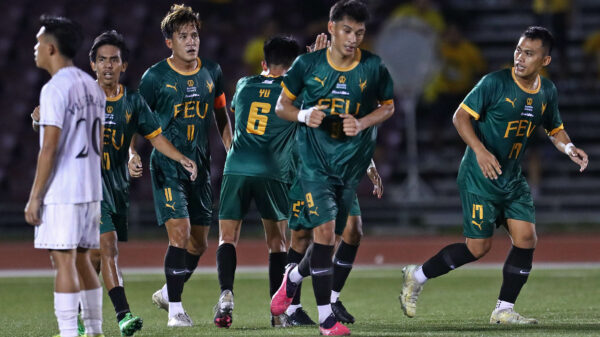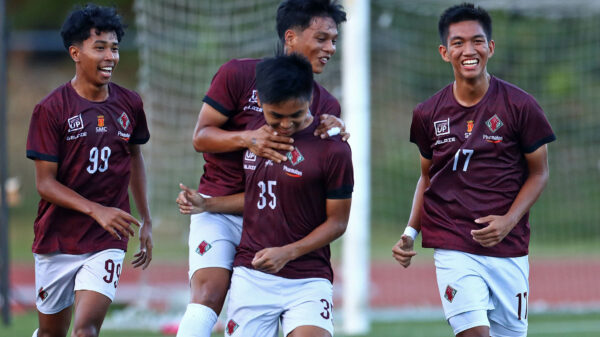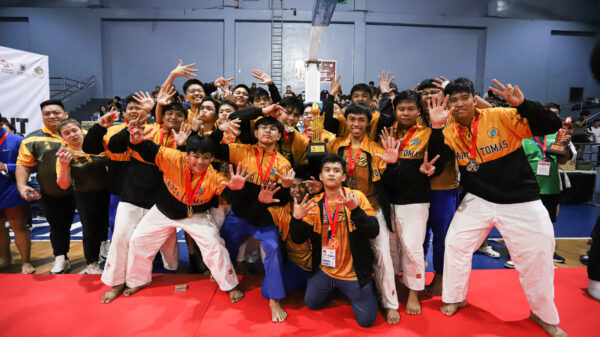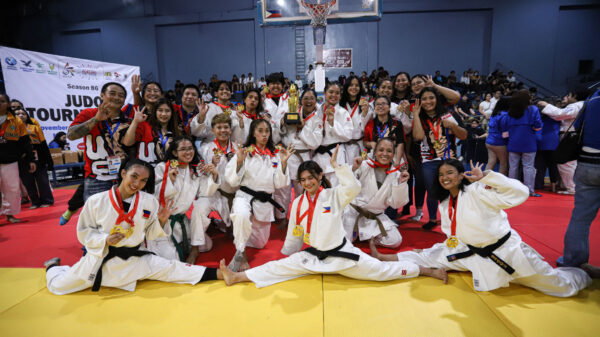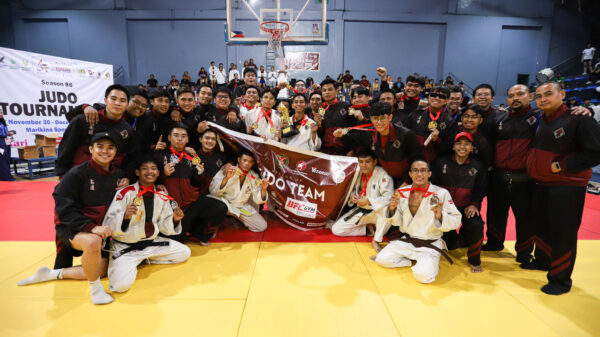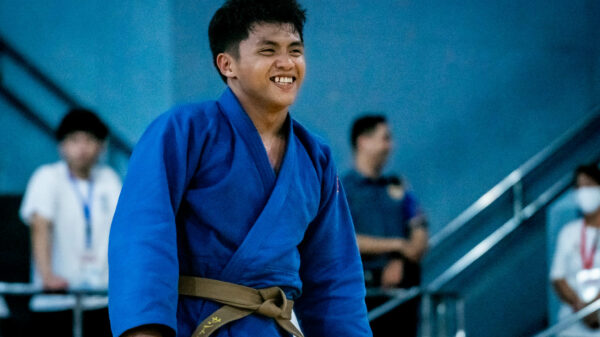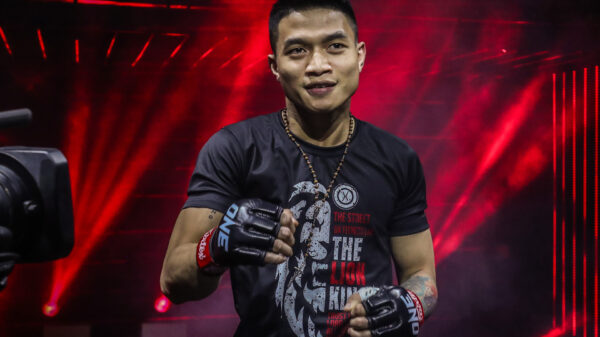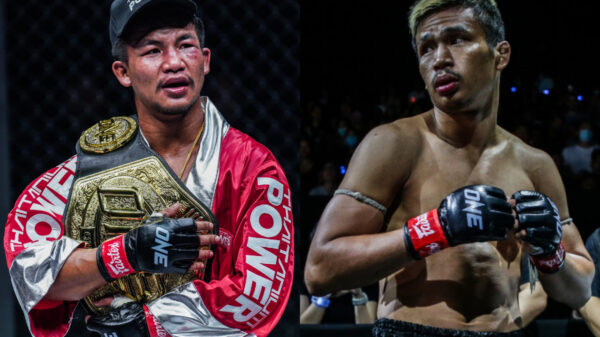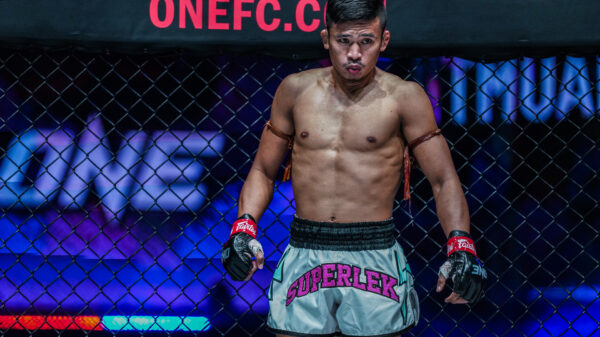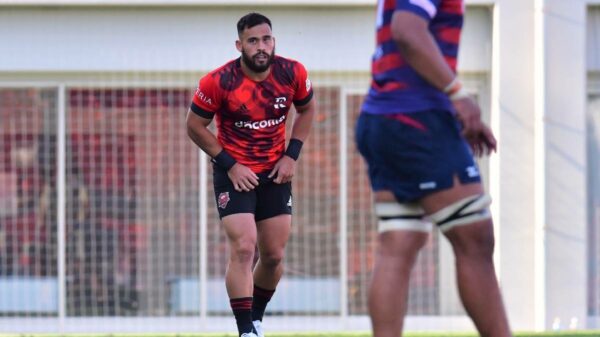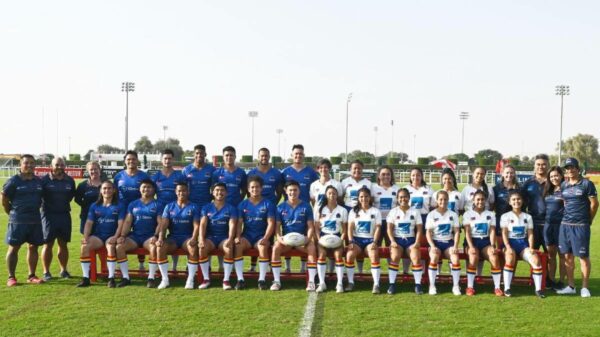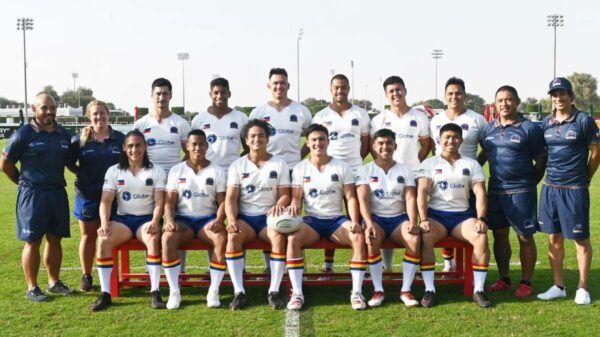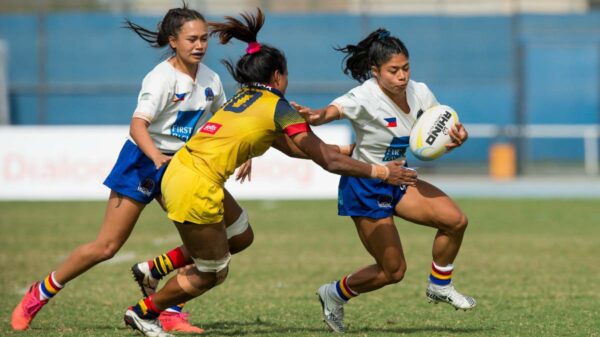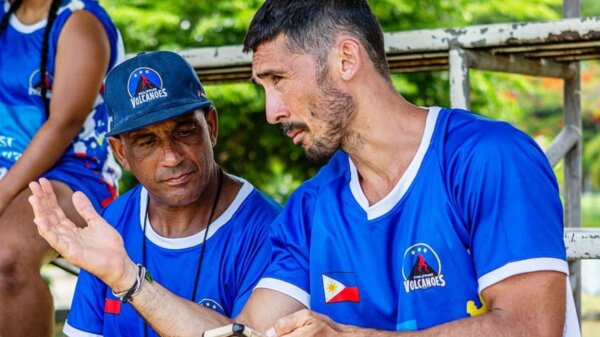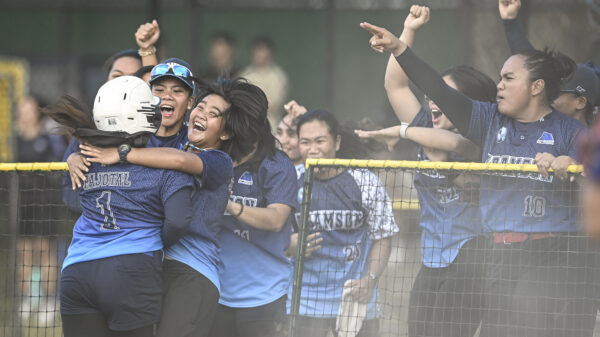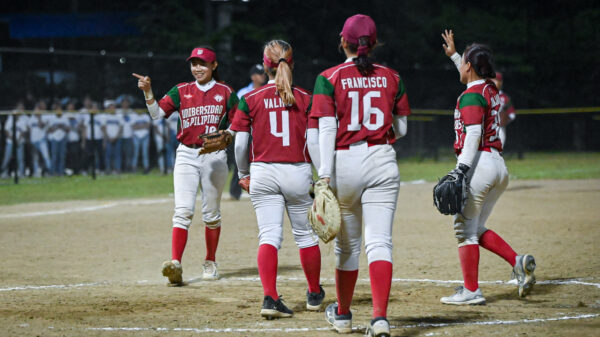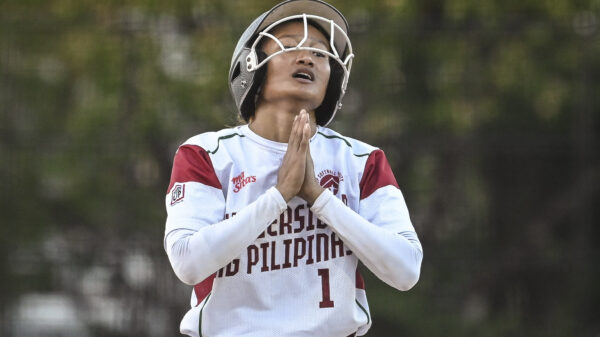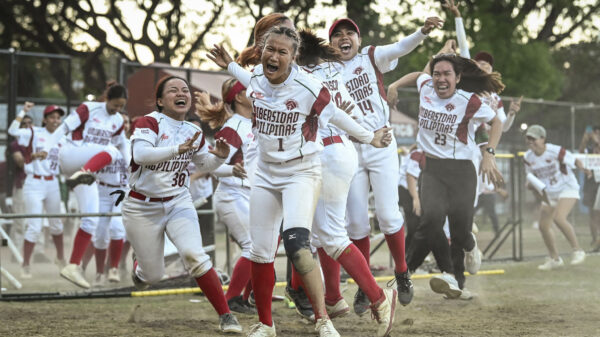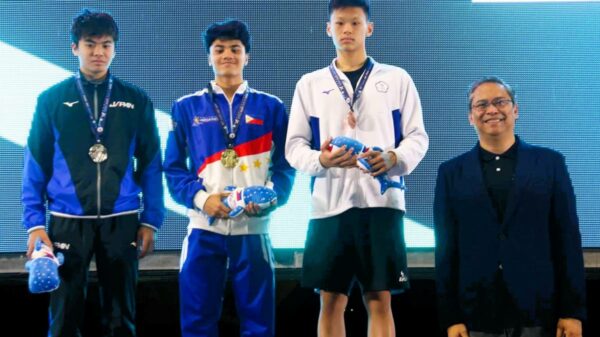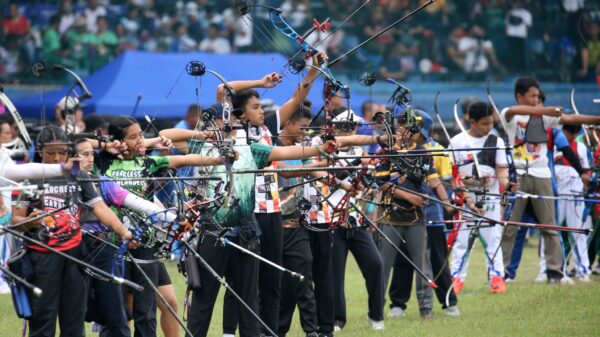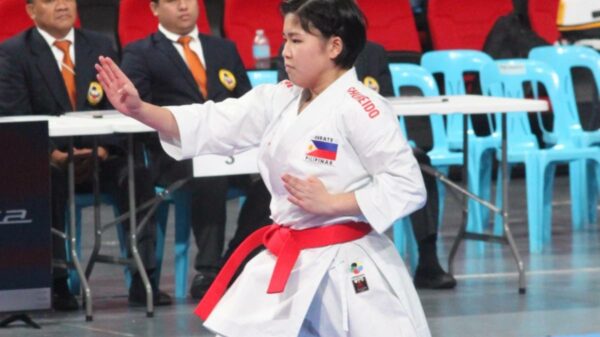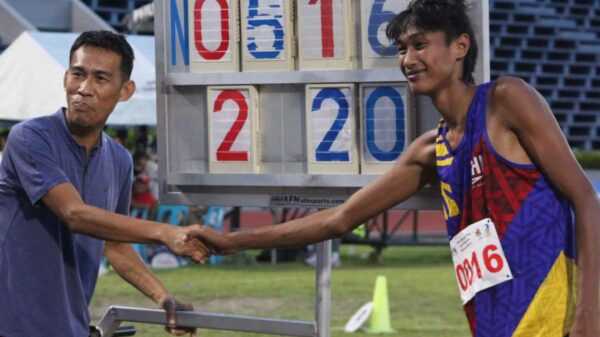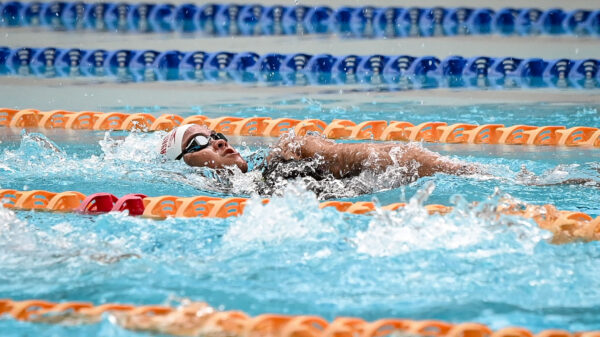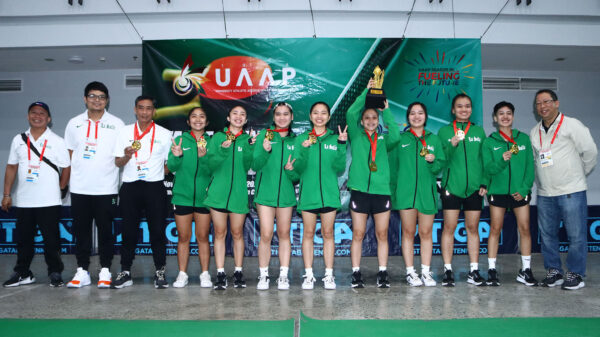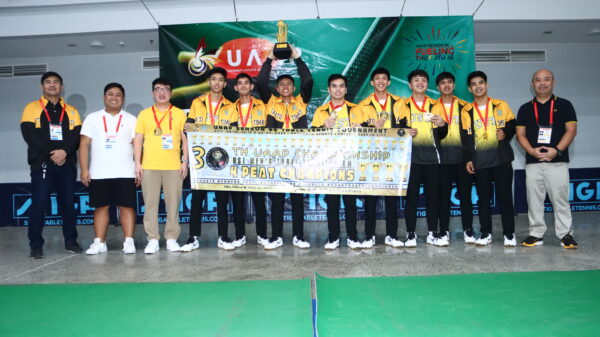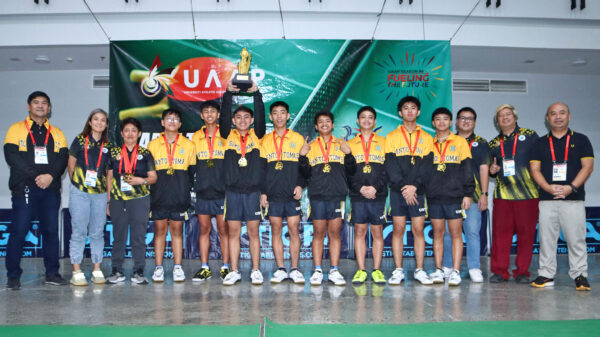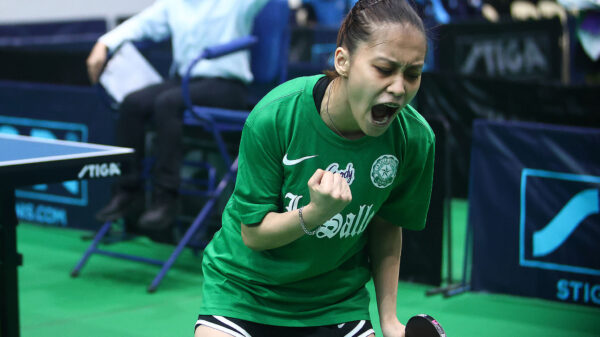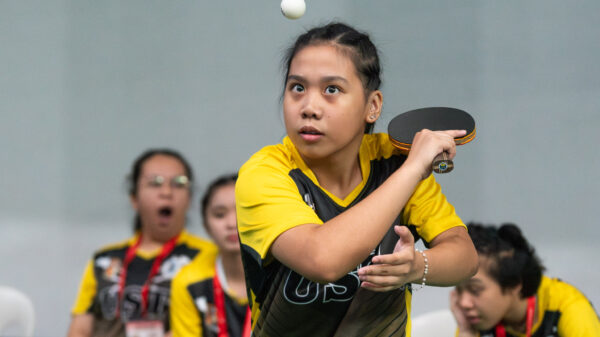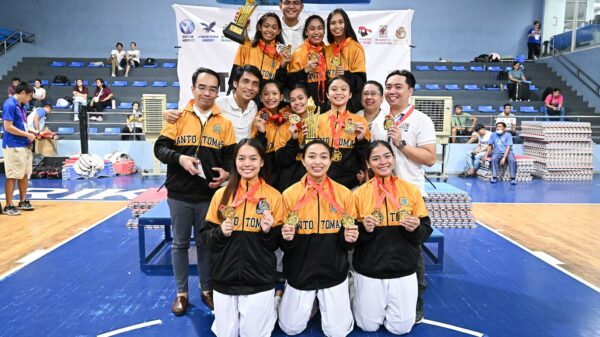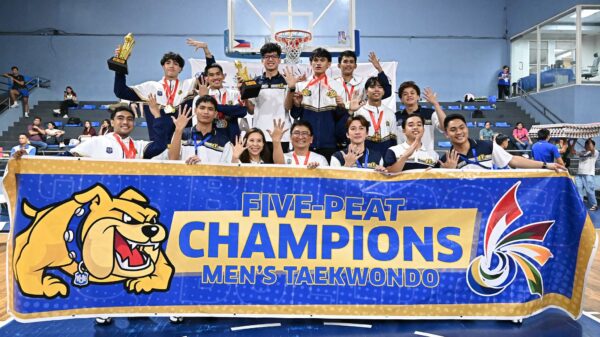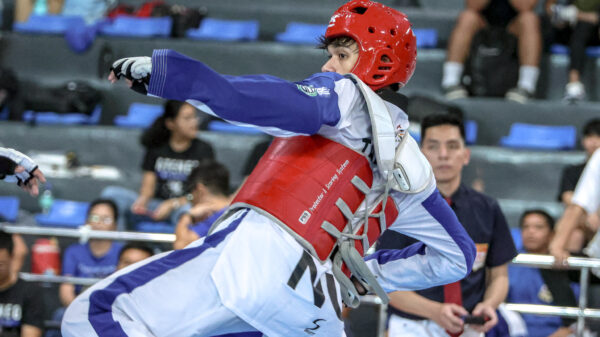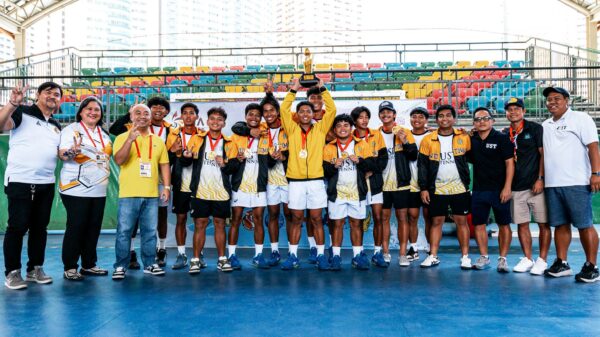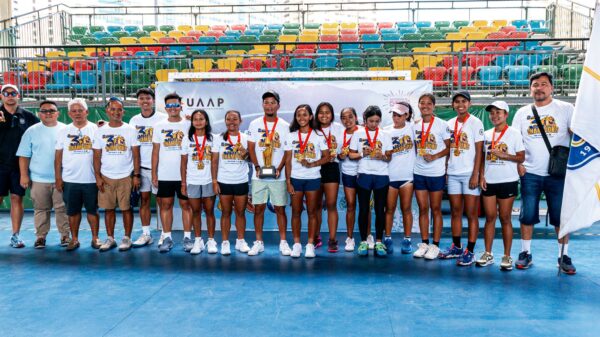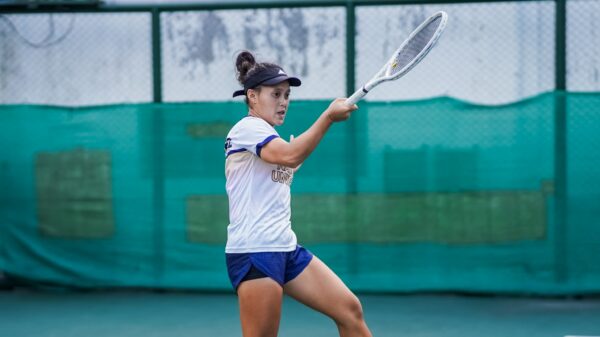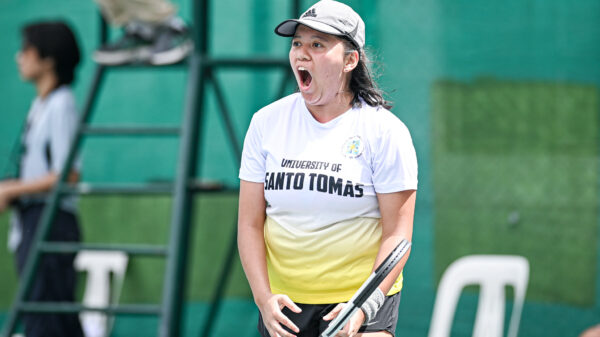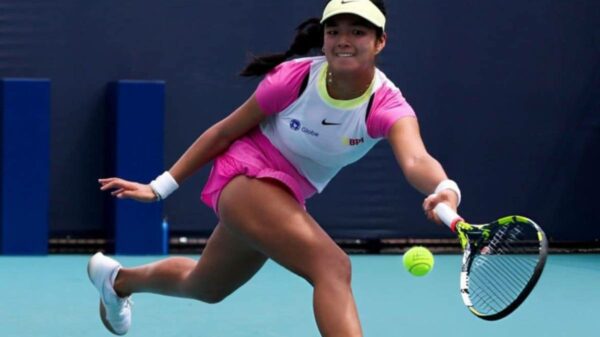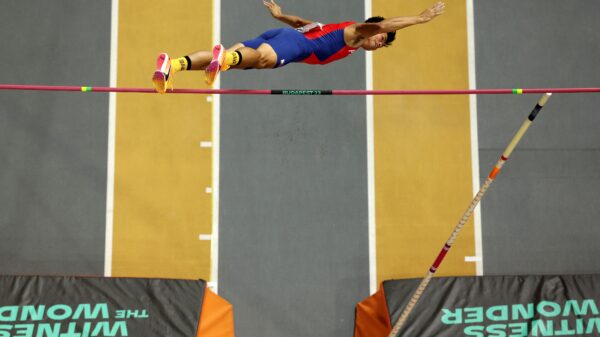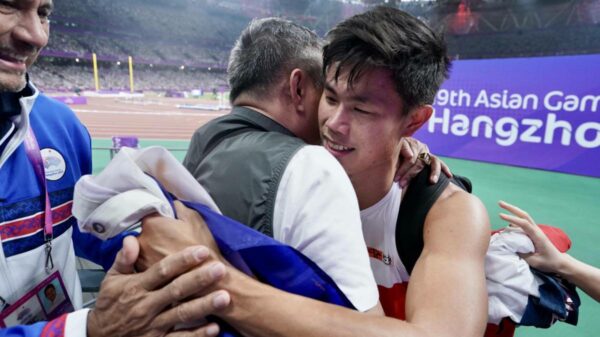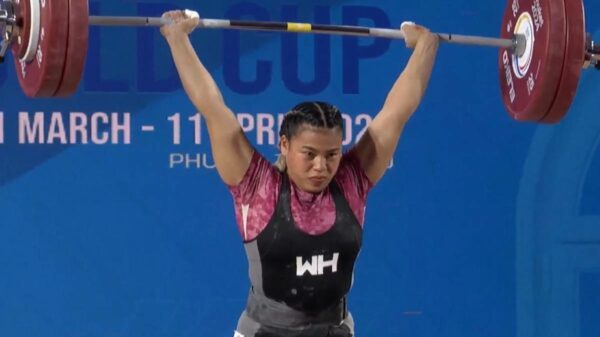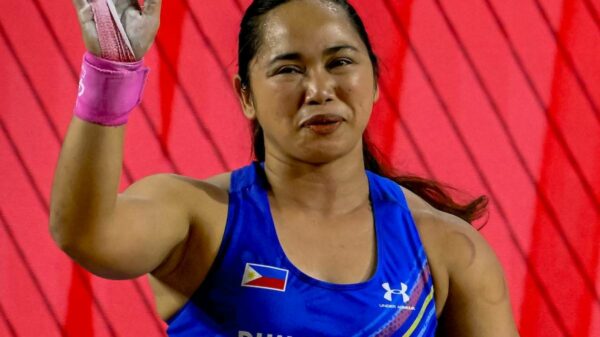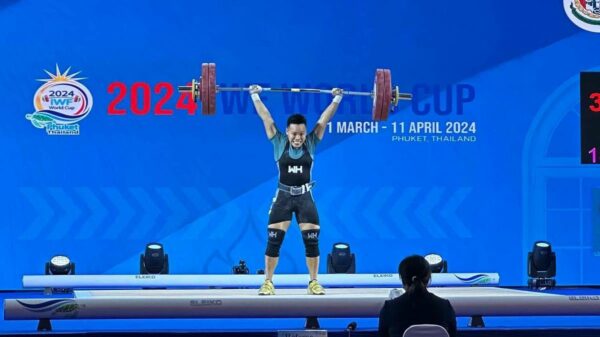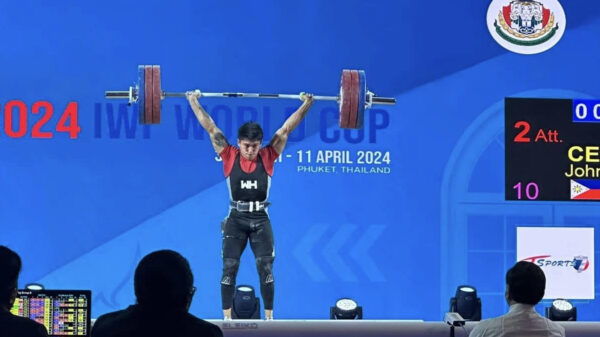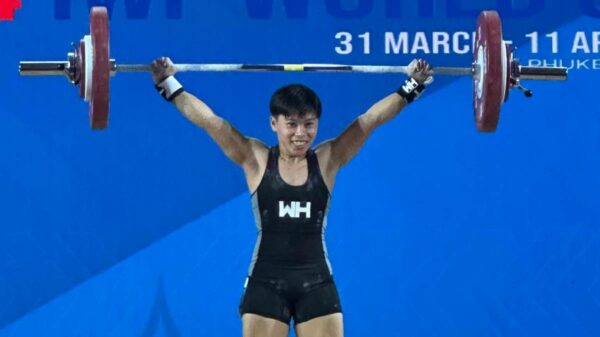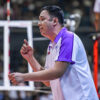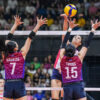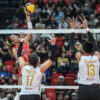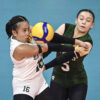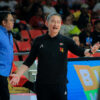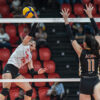Growing up a kid in the Philippines can mean a lot of things. Between the lofty hopes of parents and a child’s far-off dreams are legions of classes, camps, after-school programs, and summer programs that are designed to develop talent in whichever area parents suspect they may be lurking. As a little girl my own talent search began with brothers who taught me how to dribble and shoot and a mother who later enrolled me in a summer program for basketball (because I didn’t agree to ballet). While a football detour in my freshman year of high school somehow turned the beautiful game into one of my life’s passions, I look back now and realize how crucial the early years really are in developing talent in individuals.
Viewed from a larger scale, it’s more than just a coincidence that we have a professional basketball league that recently turned forty years old, and not one but two semi-professional leagues for volleyball. The PBA is still purely a men’s affair, and despite the presence of men’s and women’s division in the Shakey’s V-League and the recently launched club-based SuperLiga, women’s volleyball is the more popular front. How many parents more than enthusiastically pushed their sons into basketball? And conversely, how many little girls chose to take up volleyball instead of the country’s most popular sport?
There’s more than an obvious gender component here, but we should revel in success when we see it. There’s a lot to be learned from volleyball’s exponential growth in recent years, and while basketball is still king in the Philippines, volleyball is arguably the queen.
Lesson # 1: TV coverage raises a sport’s status
Which came first, the chicken or the egg? The TV coverage or the record-setting attendance for the UAAP Women’s Volleyball Final
In pushing for the development of any sport you have to take into account the people who play the sport and the people who watch the sport. This relationship is crucial for a variety of reasons: (a) future stars of the game will come from the wider public, (b) the current crop of players will benefit from the patronage and support of those who watch their games, and (c) corporate sponsors will see the interested public and in turn provide more support to the programs that develop the athletes. There’s a mutual benefit that ideally goes around but less popular sports always seem to struggle with funding and visibility. There are players playing but not enough people who pay attention—do people only start to pay attention once there’s coverage or has there always been an untapped interest?
Like the chicken and the egg we may never be sure where marketability really starts, but if the experience of volleyball is to be learned from, there’s no doubt that TV coverage raises a sport’s status. Social media engagement may be the buzzword of late but much of the work in bridging the gap between athletes, fans, and sponsors is still largely on the shoulders of traditional media outlets. TV specifically has the largest ability to influence the public’s tastes as it provides the most compelling way to tell a story that will appeal to the most number of people. Pictures are worth a thousand words, but what are moving pictures worth?
Where TV coverage has gone, fans have followed.
Lesson #2: People respond to good competition
 Game 4 of the UAAP Season 76 Women’s Volleyball Final (Photo courtesy of Richard Esguerra)
Game 4 of the UAAP Season 76 Women’s Volleyball Final (Photo courtesy of Richard Esguerra)
If the veritable stars of the local volleyball scene—Alyssa Valdez and Abbie Marano to name a few—have taught us anything it’s that people respond to talent when they see it. At the heart of a sport is the story and with the story comes the myriad of characters, heart-stopping moments, heartbreak, and excitement of good competition.
Lesson #3: You can still go homegrown
| NAME | POSITION | SCHOOL |
| Balse, Mary Jean | Middle Blocker | University of Santo Tomas |
| Bautista, Nerissa | Outside Hitter | Adamson University |
| Daquis, Rachel | Outside Hitter | Far Eastern University |
| Dimaculangan, Rhea | Setter | University of Santo Tomas |
| Fajardo, Kim | Setter | De La Salle University |
| Galang, Victonara | Outside Hitter | De La Salle University |
| Gonzaga, Jovelyn | Opposite Hitter | Central Philippine University |
| Lazaro, Dennise | Libero/Defensive Specialist | Ateneo de Manila University |
| Ortiz, Maika | Middle Blocker | University of Sto. Tomas |
| Pantone, Lizlee | Libero/Defensive Specialist | Adamson University |
| Pontillas, Aiza | Opposite Hitter | University of Santo Tomas |
| Reyes, Jennyln | Libero/Defensive Specialist | National University |
| Reyes, Mika | Middle Blocker | De La Salle University |
| Salak, Tina | Setter | Far Eastern University |
| Santiago, Aleona | Middle Blocker/Outside and Opposite Hitter | National University |
| Santiago, Alyja | Middle Blocker | National University |
| Tubino, Royse | Outside Hitter/Middle Blocker | University of Perpetual Help |
| Valdez, Alyssa | Middle Blocker/Outside and Opposite Hitter | Ateneo de Manila University |
Source: Yahoo PH Sports
We’ve seen Andray Blatche play his ass off in the FIBA World Cup for Gilas Pilipinas, and it’s hard to say where Philippine football would be now if the Younghusbands didn’t help reinvigorate the Azkals squad in the mid-2000s. There’s absolutely nothing wrong with naturalized players and Filipino-foreigners coming in to help bolster our national teams, but at the same time it’s refreshing to see a line-up composed of players who have played in the local circuit. From grassroots to college to semi-professionals and to national team players, the recently released Philippine Men’s and Women’s National Volleyball Teams showcase the best and brightest of homegrown talents, and I have no doubt they will only be made better with their international exposure.
Lesson #4: There’s hope for “other” sports
There are currently two leagues for volleyball in the Philippines. The Shakey’s V-League began over ten years ago and has maintained a school-based format for the past 11 seasons. Meanwhile, the Philippine SuperLiga Grand Prix was started earlier in the year and bills itself as “the country’s first volleyball club league.”
Much can probably be said about the difference between the V-League and the SuperLiga—the format is different, for one—but taking things into consideration, having more than one league only means more competition to go around. What other sport in the country can boast of having two semi-pro leagues with both a men’s and women’s division? Volleyball is a most interesting case in the country because it has probably had the most equitable growth for both its male and female athletes, and over-all the most exponential growth for women’s sports.
In contrast to basketball, the PBA has been around for 40 years but somehow it’s never been a realistic dream to have a women’s division. On the side of football too, there’s been talk in the Philippine Football Federation for a women’s league but organizational efforts have so far led to nothing.
The prospect for a pay-to-play league may not be as bright for other sports, but the most important thing to takeaway here is that there’s hope perhaps in the future. As volleyball has shown, it will take time, investment, and good people willing to take the time and to make the investment. As former Ateneo volleyball star Kara Acevedo put it, “Hindi lang basketball ang sport ng Pilipinas.”
The success of volleyball proves that there’s space for more than one sport in the hearts of Filipinos.

